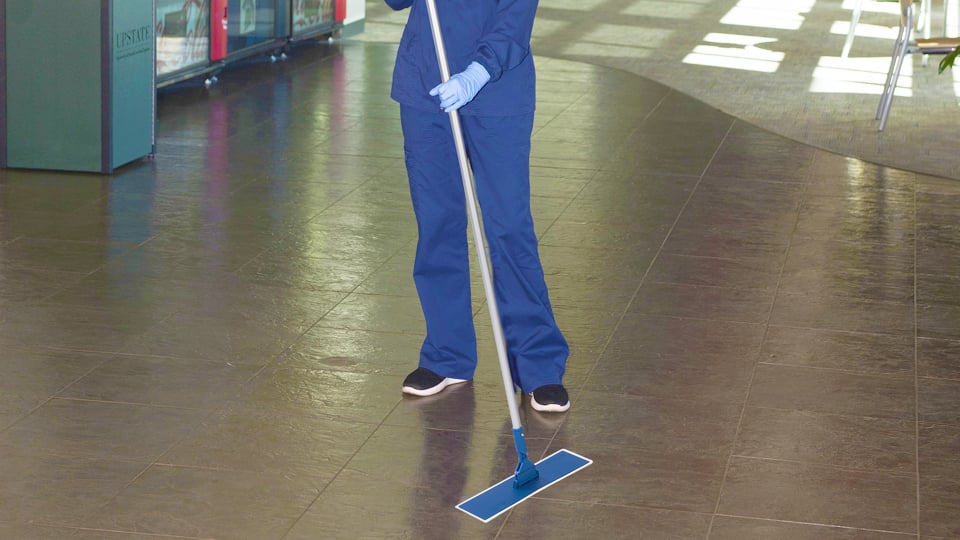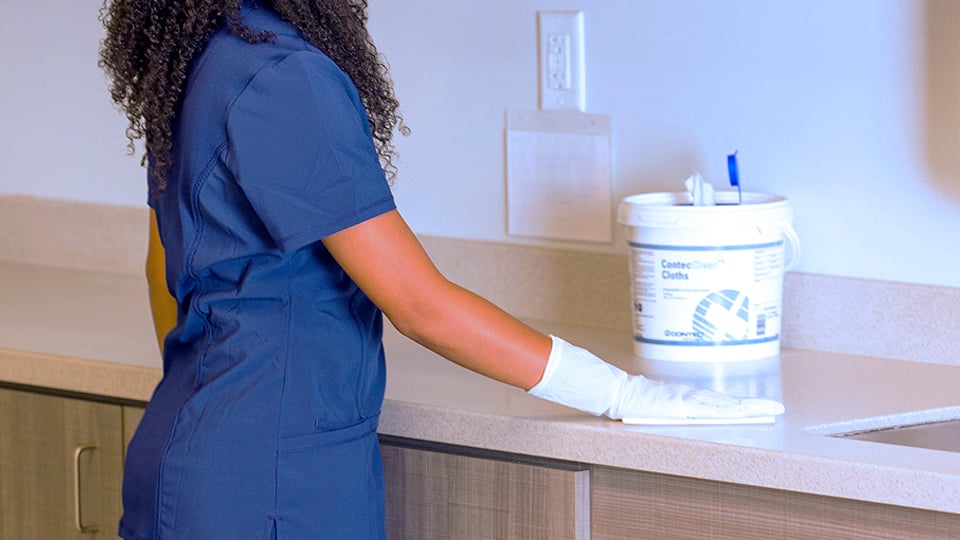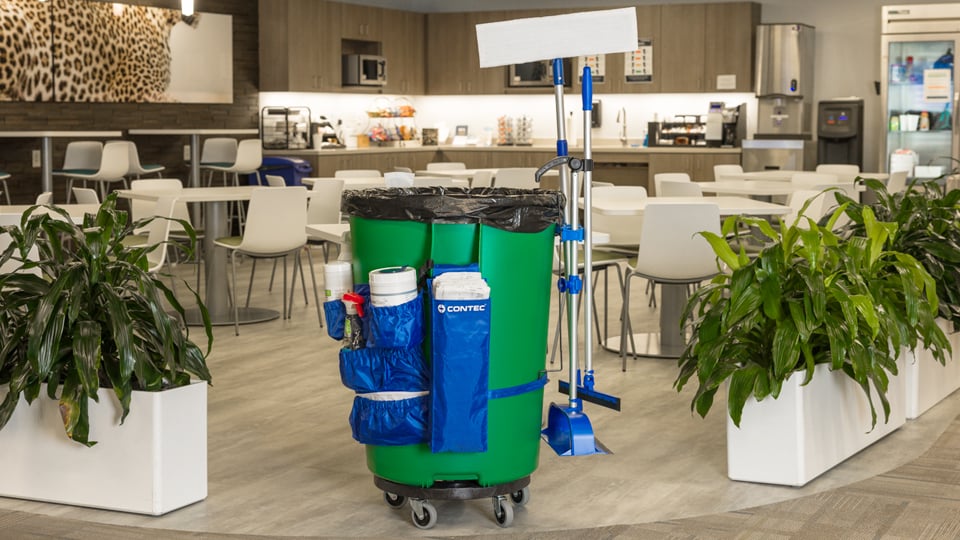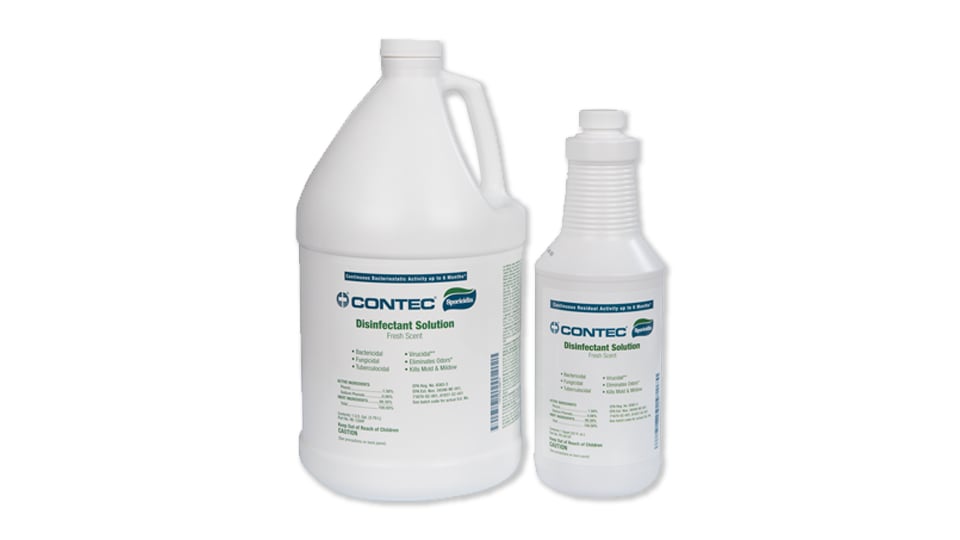The Impact of Cleaning on Patient Satisfaction
Patient satisfaction is a critical component of the healthcare industry. It is essential for healthcare facilities to provide an environment that is conducive to the healing process and ensures that patients feel comfortable and safe. One of the most significant factors that contribute to patient satisfaction is the cleanliness of the facility. Patients expect a clean and well-maintained environment, and any lapses in cleaning can negatively impact their experience.
In this blog post, we'll explore the impact of cleaning on patient satisfaction and how healthcare facilities can improve their cleaning protocols. We'll look at the importance of cleaning in infection control and discuss how cleaning can impact patient outcomes. We'll also discuss best practices for maintaining a clean healthcare environment and the role of innovative cleaning products and technology in achieving optimal results.
The Importance of Cleaning in Infection Control
Cleaning plays a critical role in infection control. Healthcare facilities are high-risk environments for the spread of infections, and thorough cleaning and disinfection are essential to minimize the risk of transmission. Healthcare-associated infections (HAIs) are a significant concern for healthcare facilities, with an estimated 1 in 31 hospital patients developing an HAI during their stay. These infections can lead to prolonged hospital stays, increased healthcare costs, and even death.
The Centers for Disease Control and Prevention (CDC) recommends specific cleaning and disinfection protocols to prevent the spread of infections. These protocols include the use of EPA-approved disinfectants, proper cleaning techniques, and the use of personal protective equipment (PPE) for EVS staff. Proper cleaning and disinfection can reduce the risk of transmission of infectious agents, including bacteria, viruses, and fungi.
The Impact of Cleaning on Patient Outcomes
A clean healthcare facility can also impact patient outcomes. Patients who are admitted to a clean and well-maintained facility may be less likely to develop an HAI, which can lead to better patient outcomes. Patients who develop an HAI may experience a longer hospital stay, increased healthcare costs, and a higher risk of mortality.
In addition to reducing the risk of HAIs, a clean healthcare environment can also lead to improved patient satisfaction. Patients expect a clean and safe environment when they seek medical care, and any lapses in cleaning can negatively impact their experience. Patients who are satisfied with their healthcare experience are more likely to comply with treatment plans and may experience better outcomes as a result.
Best Practices for Maintaining a Clean Healthcare Environment
- Maintaining a clean healthcare environment requires a comprehensive approach that addresses all aspects of cleaning and disinfection. The following are some best practices for maintaining a clean healthcare environment:
- Develop and implement cleaning protocols: Healthcare facilities should develop and implement cleaning and disinfection protocols that follow CDC guidelines and meet regulatory requirements. These protocols should be specific to the different areas of the facility, including patient rooms, operating rooms, and common areas.
- Train EVS staff on cleaning protocols: EVS staff should receive comprehensive training on cleaning and disinfection protocols. Training should cover proper cleaning techniques, the use of PPE, and the proper use of cleaning and disinfection products.
- Use high-quality cleaning products: Healthcare facilities should invest in high-quality cleaning products that are effective against a wide range of pathogens. Using EPA-approved disinfectants and other cleaning products can ensure that the facility is clean and safe for patients and staff.
- Implement innovative cleaning technology: Healthcare facilities can benefit from implementing innovative cleaning technology, such as UV-C disinfection robots and tracking software. These technologies can improve cleaning efficiency and effectiveness, leading to a cleaner and safer healthcare environment.
- Monitor cleaning performance: Healthcare facilities should monitor the performance of their cleaning protocols to ensure that they are effective. Monitoring can include regular inspections, environmental testing, and feedback from patients and staff.
The Role of Innovative Cleaning Products and Technology
Innovative cleaning products and technology can play a significant role in achieving optimal cleaning results in healthcare facilities. For example, microfiber cleaning products can provide superior cleaning compared to traditional cleaning products, while also reducing the amount of water and chemicals needed for cleaning. UV-C disinfection robots can help improve cleaning efficiency by disinfecting large areas quickly and effectively.
Tracking software can also play a role in improving cleaning protocols by providing real-time data on cleaning performance. This data can be used to identify areas that require additional cleaning and disinfection, ensuring that the facility remains clean and safe for patients and staff.
A clean healthcare facility is critical for patient satisfaction and the overall patient experience. Maintaining a clean environment requires a comprehensive approach that addresses all aspects of cleaning and disinfection, including the use of high-quality cleaning products and technology. Implementing best practices for maintaining a clean healthcare environment can help reduce the risk of HAIs, improve patient outcomes, and enhance patient satisfaction.
Healthcare facilities should partner with a trusted contamination containment cleaning supplier, such as Contec Professional, to ensure that they have access to the latest and most effective cleaning products and technology. By working together, healthcare facilities and their cleaning suppliers can create a clean and safe environment that promotes healing and ensures patient satisfaction.






